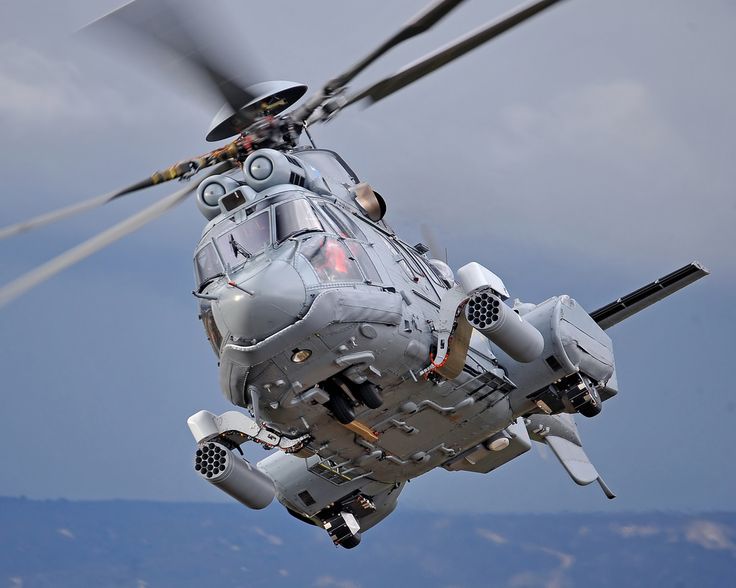Not going to happen. They never intended to get more than 48.
The air force of 1989 had fifteen interceptor squadrons, three with fifteen MiG-23 fighters each (45 total) and twelve with similar numbers of MiG-21 fighters (180 total). The air force had six ground attack squadrons operating eighty-five 1950s-era MiG-17 aircraft made in the 1950s, which had been modified and transferred from duty as interceptors when Romania acquired the MiG-21, and thirty-five Romanian-built IAR-93 Orao ground-attack fighters. In 1989 the air force had an additional 125 Orao close air-support aircraft on order. Aerostar, DaimlerChrysler and Israel’s Elbit developed the Sniper as an upgrade for about 18 MiG-29 ‘Fulcrum-As’ in service with Romanian air force.
Given the security guarantees gained once Romania became a full member of the NATO Alliance, the number of fighting squadrons of the Romanian Air Force was diminished by two squadrons. Despite programs for upgrading the MiG-29, Romania decided to withdraw the MiG-29 from service and focus on the MiG-21 Lancer (the modernized version of the MiG-21M/MF) as its prime combat aircraft.The LanceR program saw the upgrade of a total of 114 MiG 21 airframes in three versions: the ground attack version (LanceR A), the two seater trainer version with ground attack capabilities (LanceR B) and the air superiority version (LanceR C). The MiG-21 would be in service until they run out of technical resources. Until 2010, 50 percent of them would be unsupportable, while the rest of them would remain in service for another four years.The MiG-21 upgrade program has been a major element in the regeneration of the RoAF and the Romanian aerospace industry following the dissolution of the Soviet Union and Warsaw Pact.
Romania began its search for a new fighter in the early 2000s, with the aim of replacing the LanceRs in 2010/11 with 48 new aircraft. The Romanian air force was prepared for its first delivery of a batch of 12 second hand F-16s from the Portuguese air force in September 2016 to replace the locally upgraded Mikoyan MiG-21 Lancers. Initial operating capability of the aircraft, which cost the government $695 million, was expected in early 2017. Romania modernized the Fetesti 86 military base which will host the first F16 fighters. On 24 February 2016 the Romanian Ministry of Defense announced plans to purchase 12 more second-hand F-16 fighters in 2017. The airplanes will be purchased from other NATO member states.
Great pics here
https://theaviationist.com/2015/12/24/air-to-air-photographs-roaf-mig-21s/









